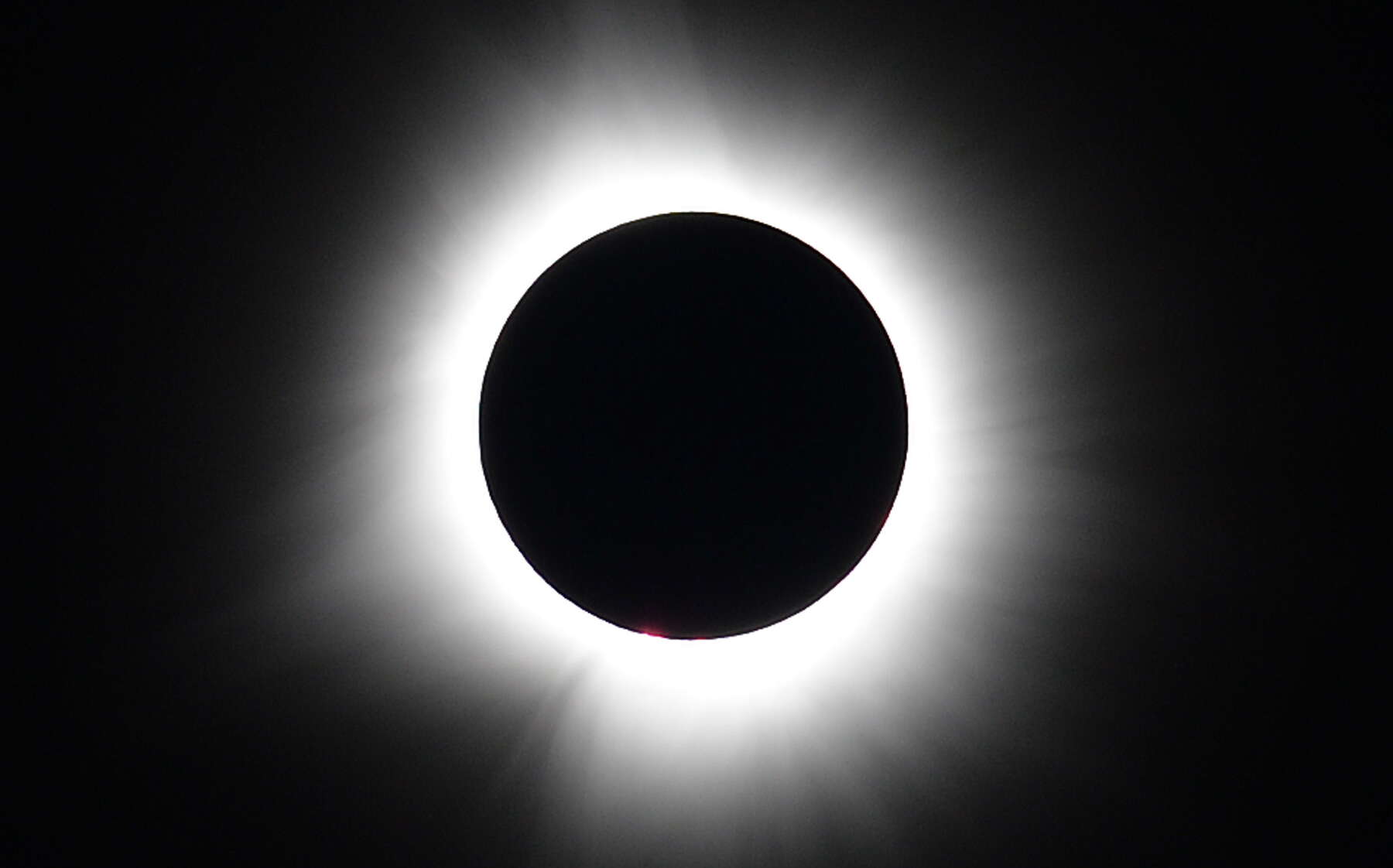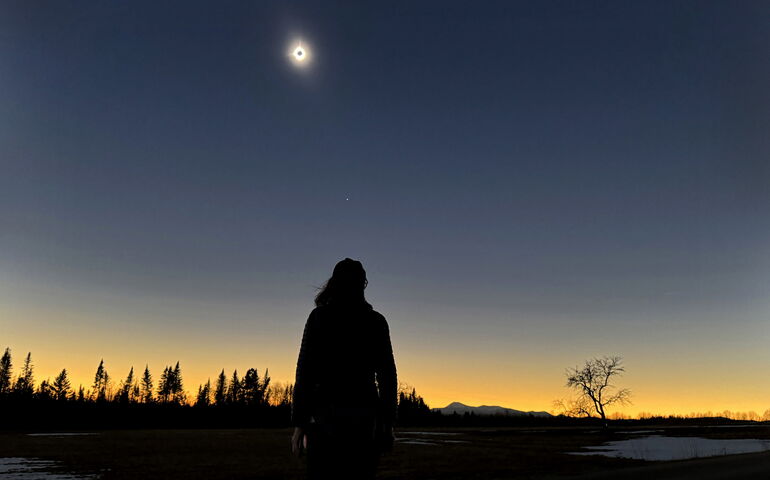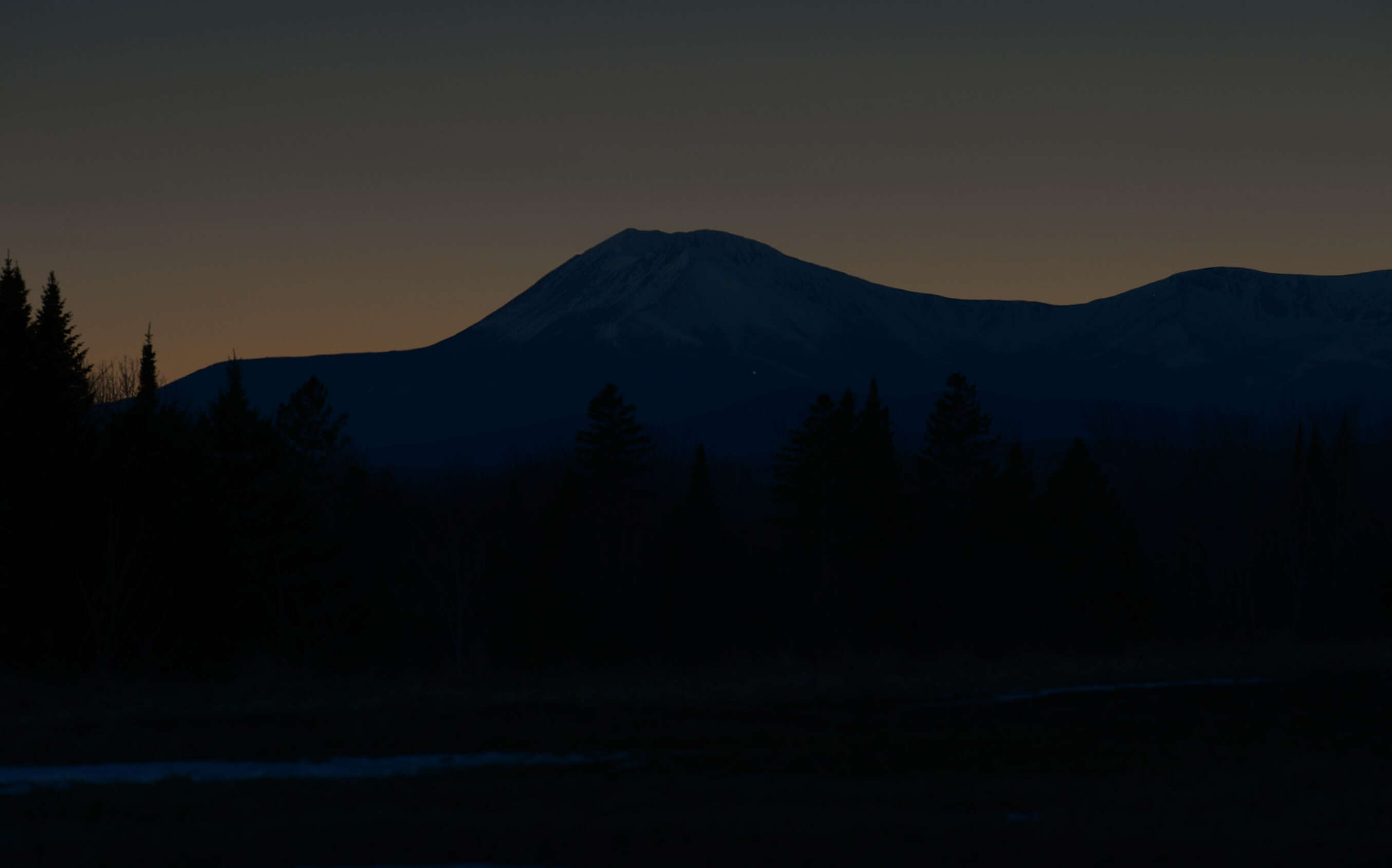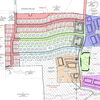
Processing Your Payment
Please do not leave this page until complete. This can take a few moments.
- News
-
Editions
-
- Lists
-
Viewpoints
-
Our Events
-
Event Info
- Women's Leadership Forum 2025
- On the Road with Mainebiz in Bethel
- Health Care Forum 2025
- On The Road with Mainebiz in Greenville
- On The Road with Mainebiz in Waterville
- Small Business Forum 2025
- Outstanding Women in Business Reception 2025
- On The Road with Mainebiz in Bath
- 60 Ideas in 60 Minutes Portland 2025
- 40 Under 40 Awards Reception 2025
- On The Road with Mainebiz in Lewiston / Auburn
- 60 Ideas in 60 Minutes Bangor 2025
Award Honorees
- 2025 Business Leaders of the Year
- 2024 Women to Watch Honorees
- 2024 Business Leaders of the Year
- 2023 NextUp: 40 Under 40 Honorees
- 2023 Women to Watch Honorees
- 2023 Business Leaders of the Year
- 2022 NextUp: 40 Under 40 Honorees
- 2022 Women to Watch Honorees
- 2022 Business Leaders of the Year
-
-
Calendar
-
Biz Marketplace
- News
- Editions
- Lists
- Viewpoints
-
Our Events
Event Info
- View all Events
- Women's Leadership Forum 2025
- On the Road with Mainebiz in Bethel
- Health Care Forum 2025
- On The Road with Mainebiz in Greenville
- On The Road with Mainebiz in Waterville
- + More
Award Honorees
- 2025 Business Leaders of the Year
- 2024 Women to Watch Honorees
- 2024 Business Leaders of the Year
- 2023 NextUp: 40 Under 40 Honorees
- 2023 Women to Watch Honorees
- 2023 Business Leaders of the Year
- + More
- 2022 NextUp: 40 Under 40 Honorees
- 2022 Women to Watch Honorees
- 2022 Business Leaders of the Year
- Nomination Forms
- Calendar
- Biz Marketplace
The eclipse boosted Maine’s economy — and now there are numbers to prove it
 File Photo / Fred Field
During the solar eclipse in the early afternoon of April 8, Mainebiz contributing photographer Fred Field found an uncrowded viewing spot in Aroostook County.
File Photo / Fred Field
During the solar eclipse in the early afternoon of April 8, Mainebiz contributing photographer Fred Field found an uncrowded viewing spot in Aroostook County.
Months before the April 8 solar eclipse darkened Maine's midday skies, the spectacle already looked like a potential windfall for the state's economy.
As E Day approached, bookings at hotels, camps, restaurants and other hospitality businesses were booming. Especially in Aroostook County and other northern parts of the state, where the path of totality, or complete shadowing of the sun, was to make a beeline — and where spectators started to flock.
Still, there was uncertainty. Would clouds obscure the day? Would it live up to all the astronomical hype?
Data released Tuesday by the Maine Office of Tourism shows the eclipse indeed elevated business in the state.
Spending levels by out-of-state visitors and by in-state travelers soared 23.4% in the five days around the eclipse, compared to levels in the preceding month, researchers found.
While the state did not provide specific figures, the percentages are impressive.
Regions in the path of the totality saw double-digit increases in visitors, compared to same-day levels during the previous month. And the spike in visits drove up demand for lodging, with hotel occupancy increasing 47% over the 2023 level and short-term rental occupancy up by 27%.
“The eclipse was a unique opportunity for Maine to attract visitors at a traditionally slower time of year, and to showcase parts of the state that some may not have visited before,” said Carolann Ouellette, director of the Maine Office of Tourism, Film and Outdoor Recreation.
“The welcome that visitors received and their introduction to more of Maine’s rich natural beauty supported Maine’s growing reputation as a travel destination. Their appreciation is evident in the positive feedback we heard from communities about how respectful eclipse travelers were during their visit.”

Heather Johnson, commissioner of the Department of Economic and Community Development, added, “Businesses, communities and state agencies spent months preparing to welcome visitors during the eclipse and laying the groundwork for these visitors to have a safe, fun experience. As a result of that advance work and planning, the event was a positive one for Maine's economy, and we thank everyone who contributed to that success.”
Drilling into the data
The largest categories of spending increase were in bars/nightlife, up by 79%; gas and service station use, 45%; outdoor recreation, 39%; pharmacies and health care, 33%; and accommodations, 19%.
Aroostook County saw a 99% lift in spending, while it increased 48% in Franklin County.
Perhaps not surprisingly, the analysis also found a strong increase in visits to Maine along the path of totality. The increases were largest in the lakes and mountains region, up by 39%, and in Aroostook County, 27%.
On the day of the eclipse, 80% of visitors were from outside the state. The most common origins were Boston, New York, Philadelphia and Washington, D.C., as well as smaller cities including Hartford, Conn.; Springfield, Mass.; and Providence, R.I.

During the five-day period around the eclipse, visitors from within Maine were primarily traveling from the Portland area (56%) and Bangor (35%).
The data shows that visitors to Aroostook County during that period also visited other locations including Acadia National Park and the Bar Harbor area, Sugarloaf, Quoddy Head State Park and the Kittery Outlets. Visitors to Franklin County made stops that included Acadia, Augusta, L.L.Bean in Freeport, and Old Orchard Beach.
The data was collected and analyzed for MOT by Zartico, a tech firm specializing in destination data, using anonymized geolocation, spending, lodging, and event information.
Fly ME to the moon
Visits were also heavy at two of Aroostook County's four airports, Mainebiz reported.
At Houlton International Airport, Manager Chris Stewart said a record-breaking number of private planes landed on E Day — 10 jets and 40 smaller craft.
Scott Wardwell, manager of Presque Isle International Airport, anticipated before the eclipse that traffic would be “about 10 times what we normally see.” Ahead of the big day, airport staff were using Google Earth to map out where additional planes could be parked.
Around 30 aircraft arrived, including four 90-foot-long planes. One of those, he added, came from New York City with 40 people and enough catering for all of them.
But as soon as the eclipse was over, everyone flew out.
Wardwell wasn't dismayed.
“The goal here … is to have people see what we have here,” he said. “We have this little gem here of an airport, and we’re hoping people see this and want to come back when it’s not an eclipse, for a ride or for the day or for the weekend, and enjoy themselves.
“I think the impacts overall are going to be big after this because it’s going to showcase what we have here."

Nationwide, the eclipse was predicted to generate a $6 billion boom in spending, according to a consulting group.
During a 4.5-hour run across the U.S. on April 8, the path of totality stretched from Texas to the East Coast, including cities such as Dallas and Buffalo. The last total solar eclipse to occur in North America was in 2017, and the next one will not occur in the U.S. until August 2044.









0 Comments